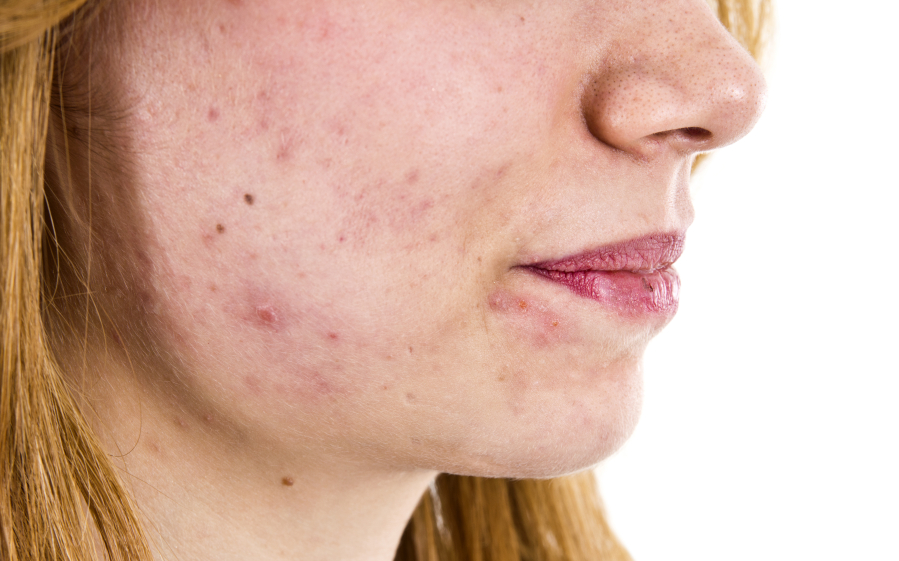Pimples are a scourge of teenage years, right? But anyone who has looked in the mirror and found an unwelcome zit in their 20s, 30s or even later can tell you that clear skin isn’t always one of adulthood’s privileges.
A stray pimple — or ongoing breakouts — aren’t unusual for adult women, says Nada Elbuluk, a dermatologist and assistant professor at NYU Langone Health. For many, they’re the norm. A 2008 study found that more than 50 percent of women in their 20s, 35 percent of women in their 30s, 26 percent of women in their 40s and 15 percent of women in their 50s reported experiencing acne. That’s more than men — thanks in part, says Elbuluk, to hormones that influence oil production in women. (Teenage boys are more likely to experience acne than teenage girls.)
Acne occurs when hair follicles get blocked by dead skin cells or oil. Bacteria thrive in clogged pores and when inflammation results, normally calm skin can erupt into cysts, pimples and blackheads. Stress, hormonal irregularities, pregnancy, menopause, genetics and some dietary factors can spur breakouts. Other times, they just happen. “It’s often very frustrating,” says Elbuluk. “There’s not really any way to predict.”
Though adult acne can be a holdover from the teen years, it often differs from the breakouts on teenage faces. Teens tend to get acne in their “T zone” (across the forehead, nose and upper chin); adults usually get it in what dermatologists call the “U zone” (around the cheeks, mouth and chin).



